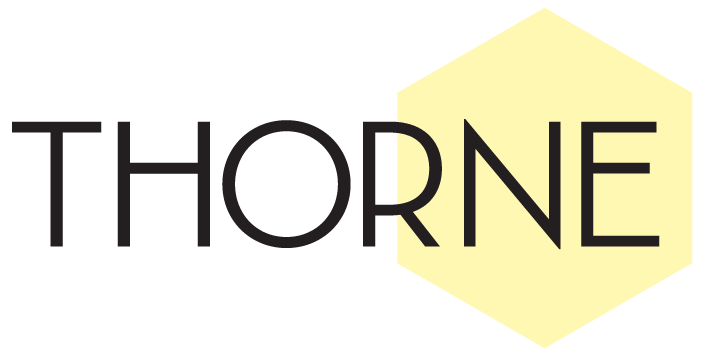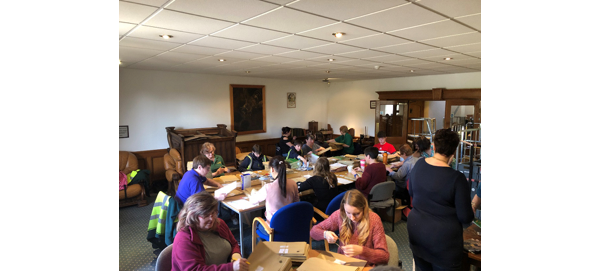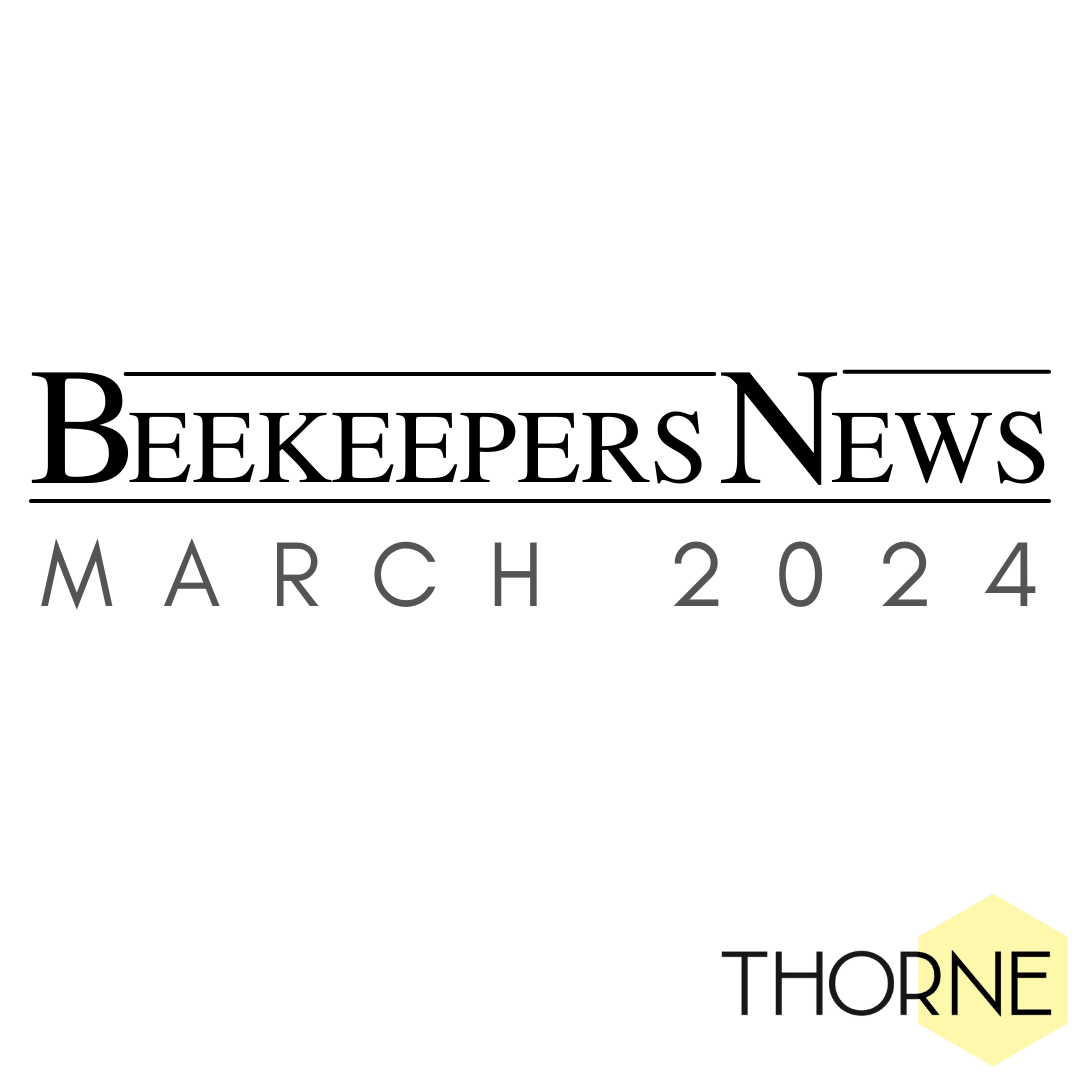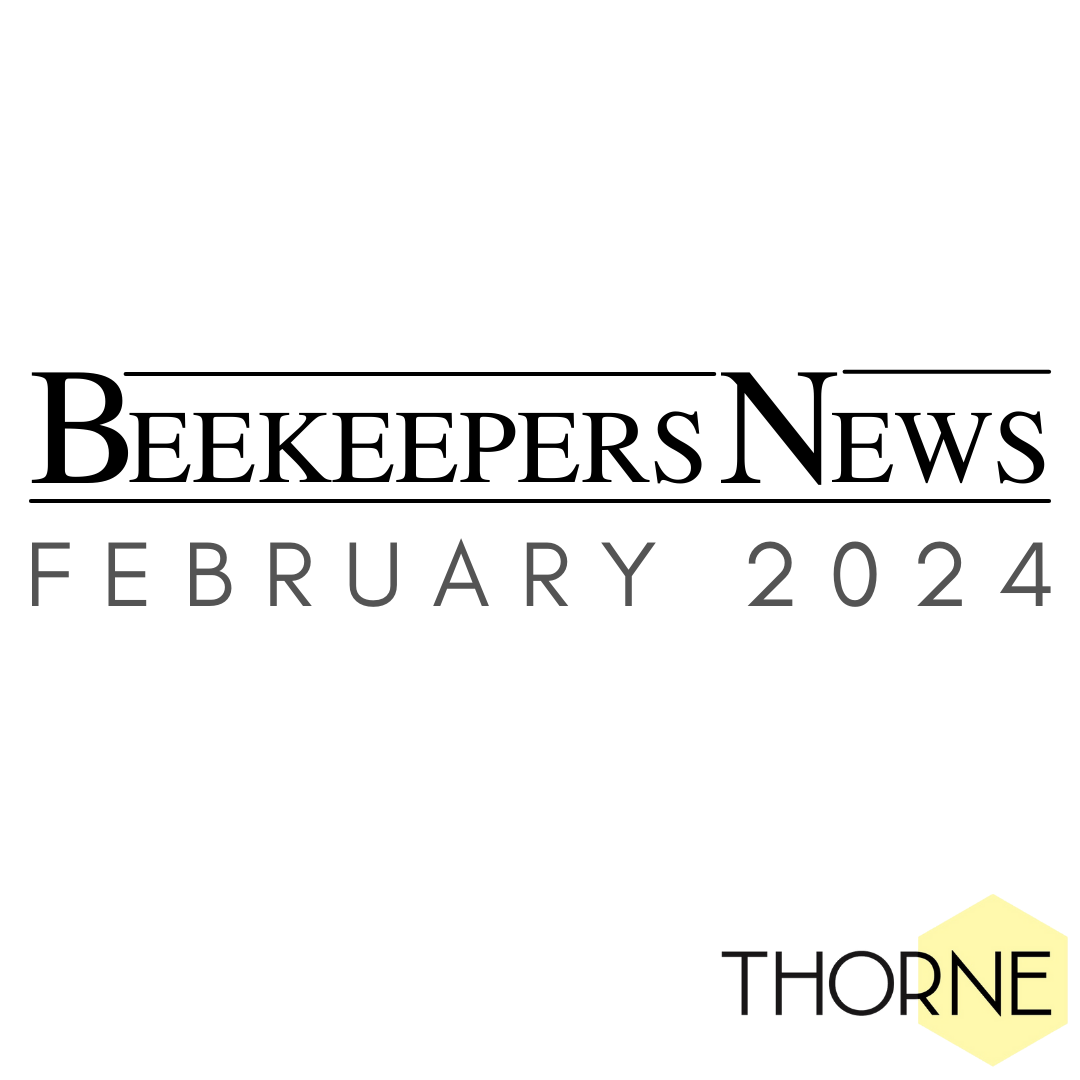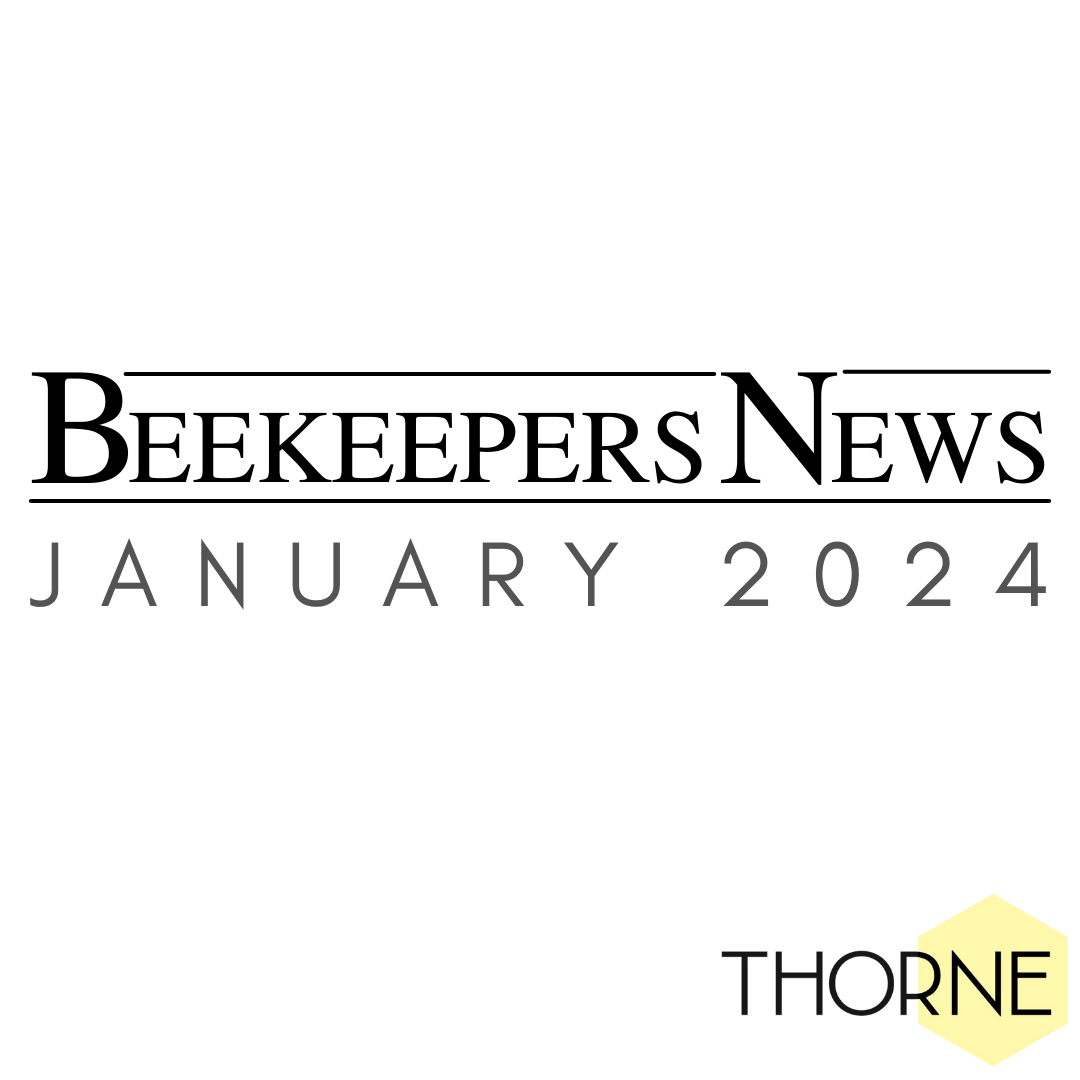February Roundup
Traditionally a quiet month for the beekeeper, February always seems to fly by here at Rand.
We have been continuing to fulfil winter sale orders and these should be complete by the very beginning of March. February is also the start of the Spring Show season. This month we attended the Ulster Convention in Ireland and the Holsworthy Convention. Both shows were a great success and a big thank you to both the organisers and our customers.
Later this month we have Bee Tradex and the Welsh Spring Convention. The weather this year is looking so much better – the Beast from the East coincided with the Tradex weekend in 2018 – so we are hoping for better weather and a record turnout. You can order your bargains and anything from our full range of equipment here!
Many of you who attended the National Honey Show last year may remember that we were giving away a new fondant, produced in Italy. You will see this new feed in our 2019 catalogue. We hope many of you have tried this fondant and if you have any feedback we would love to hear from you. Please drop us an email.
The end of February is when we send out our new catalogue, see the picture below. You should expect yours very soon. If you haven’t received your copy by the 11th March please send us an email.
Finally, we just want to wish a very important person -Mrs Joan Thorne a very happy 90th birthday. She is the last remaining ‘Thorne’ and has been an integral part of our business for 70 years. I am sure many of you will remember her. We toasted her birthday with some lovely Rose Sparkling Mead from Northumberland Honey Company. Happy birthday Granny!!

Equiptment Focus
This month’s equipment focus is the Beekeepers Rule,
a simple but very useful tool for all beekeepers.
The basic idea is that you can plan ahead for various beekeeping tasks by working out when you need to start rearing bees. The main situations you would use the rule for are:
Making sure you have bees for a honey flow
Raising queens for a specific time
Coordinating queen and drone production for mating
The way to use the rule is to match up the dates on the outer circle with the bee timings on the inner circle. That is to say that the outer circle is printed as a fixed circle with the months and dates, much like a clock. The inner circle can be spun round and it is on this circle that timings for egg, larvae, pupation etc. are outlined for each worker, queen and drone. On the reverse, there is also a chart to show at what times of the year different plants flower.
For example, if you are trying to maximize the number of foragers available for a honey flow, you can use the rule to determine when you need eggs to be laid. If you know that the lime trees in your area produce nectar from 24th June to 22nd July, align the start of the foraging worker line with the 24th June and you will see that to produce foragers at this time, you need eggs to be laid from the 13th May. This may require stimulative feeding, extra pollen and extra space for the queen to lay so that the workforce is maximized come the honey flow.
The Beekeepers Rule was designed by Professor Robert Pickard and costs just £1.50
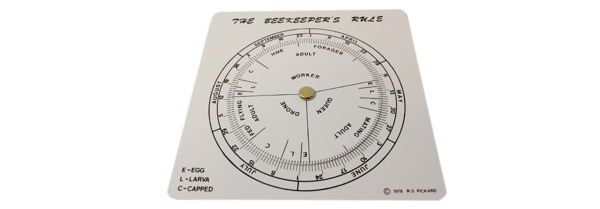
Ask our Expert
Please email us at sales@thorne.co.uk if you have a question for our experts
How can I see what pollen the bees are bringing in to the hive?
At this time of the year, many of our customers start asking about how they can identify the different types of pollen that their bees are bringing back to the hive, without having to spend hours staring at the hive entrance watching bees fly in. Below are two pieces of equipment we make here at Rand in Lincolnshire that are useful tools that can be used to sample and collect pollen from the hive.
RoBo-Block
RoBo-Block Designed by our MD, this multi-use entrance block is made from aluminum and is available for most types of hive. It sits in the front of the hive just like a normal entrance block but can be used in a variety of ways including pollen stripping. It comes with three slide inserts, one of which has a small shallow tray to catch falling pollen.
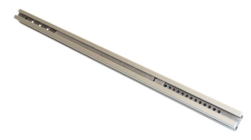
To use, simply push one of the slides so that the bees are forced to go through the middle sized, 5mm holes. On the side that will be flat to the floor, slide in the shallow pollen tray. When foraging bees return to the hive, they will crawl through the narrow holes and pollen will be knocked off into the tray underneath.
When using the RoBo-Block in pollen stripping mode, it only needs to be on for a few minutes. It is not for catching large amounts of pollen, but rather to sample what types of pollen are being brought in.
The Robo-Block can also be used as a mouseguard, to deter robbing, a ventilated entrance or even close the hive. To see our video on how to use this, please visit our website or YouTube channel .
Fairweather Pollen Trap
The Fairweather pollen trap is a solid piece of kit that will enable the beekeeper to catch larger amounts of pollen during periods of fine weather. It comes in both National and Langstroth sizes and attaches to the front of the hive with hooks and screws (included). The pollen trap can be left in place for a few days but only during spells of good weather and it cannot be used with a sloping hive stand or alighting board.
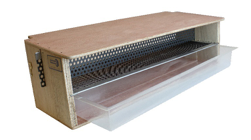
After attaching the trap to the hive, returning foragers will crawl through the 5mm holes, which will knock the pollen off their legs. This will then fall through the mesh insert into a large tray underneath which can be taken out and the pollen used as desired. Remember that while the trap is attached to the hive, little to no pollen will be going into the hive. Consider removing it occasionally to give the bees chance to collect sufficient pollen for their needs.
Ask our Expert
Please email us at sales@thorne.co.uk if you have a question for our experts.
Weather or not…
Very tempted to take a look under the hood this weekend… but resisted the temptation. Based on last year’s experiences?
If you take a look in the hive you will break the propolis seal the bees have put in place to keep drafts out and the warmth they generate in. The drop in temperature, as you let all the hot air out has to be replaced (to keep the brood warm)… by consuming yet more of their stores, at a time when stores are low, and the number of mouths to feed is on the increase. This is a luxury they can’t afford and you could push them into starvation.
Last year the unseasonal warm cold weather fluctuations caused the bees to over extend themselves. Then the beast from the east returned and we saw and heard of countless colonies that died, the work force appeared to have been torn between covering the brood, to keep it warm, and seeking out the stores and going into cluster. Hopefully we won’t get a repeat of last year.
It was good to see the girls flying, and bringing in pollen. I cleaned off the Varroa insert tray after looking at it, to gauge their position in the hive and the size of the area of activity (all good). I’m going to leave it a couple more weeks before doing a serious inspection, maybe longer if the weather turns down.
Beekeeping Blog
February 2019
The start of February was seasonably chilly here in Lincolnshire and the bees were still nicely clustered up. Together with a bit of hefting, a quick peek under the roof gave an idea as to whether any colonies needed more fondant but luckily everyone had plenty to go at.
After a few warmer days, bees were spotted out and about foraging on crocuses, which has given them an early pollen boost.
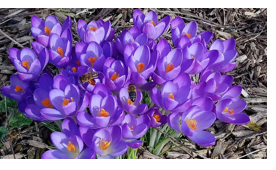
To supplement this, I have given each colony a quarter portion of Nektapoll to keep them going. This is a pollen substitute that encourages the queen to lay. This year I made the decision to cut the Nektapoll into quarters before I went out to the bees to save doing it at the hive which can make the process much slower, especially with bees buzzing round your head. I have given a small amount to start with this year as in previous years I have found that some colonies do not take as much as others and it is a shame to waste it.
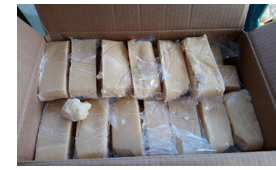
As the month has gone on, the weather has turned unseasonably mild and bees have definitely been out foraging. This colony in particular was enjoying the sunshine, bringing in a variety of pollen which was great to see. After this photo was taken, I removed the mouseguard as there was so much congestion that the pollen was dropping off some of the bees’ legs.
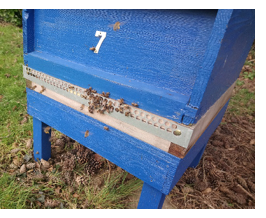
Going in to March, I will be keeping a close eye on stores in all of our hives. On my rounds doling out Nektapoll, I came across some hives that I think might get hungry if this mild weather continues. As the colonies expand, they start to eat through their stores and the last thing I want to happen is for them to grow to a size they can’t support and starve just before the season gets going. Here’s hoping this is the start of spring!
If you require any more information, please send an email to Alexandra at sasha@thorne.co.uk who will be happy to help or call one of our sales team on 01673 858555.
Disease Focus
For the next few editions we will be focusing on a different disease or infection that you may encounter. This month it is Sacbrood.
Sacbrood is a viral infection caused by the Iflavirus genus. It does not usually cause severe colony loss. The virus is relatively common and often goes unnoticed. It is most damaging and obvious when larvae are affected but it can affect young adult bees too.
Cause
Sacbrood virus is most common during the first half of the brood rearing season when the colony is under stress from a shortage of nectar or pollen, varroa infestation, unfavourable weather conditions or a failing queen.
Symptoms
Infected larvae fail to pupate and die shortly after their cells are capped. After death, the they turn from pearly white to yellowish and then to brown. Their skin also changes to a tough sack, filled with fluid. They die with their head towards the top of the cell with their body stretched out, giving the typical ‘Chinese Slipper’ shape. Nurse bees may uncap the cell, exposing or removing the dead larvae. When the sack begins to dry out, it becomes a brown scale, easily removed from the cell. The brood pattern can be discoloured with sunken cells where dead larvae remain inside.

Larva infected with the Sacbrood virus (Left) Typical ‘Chinese Slipper’ (Right)
Treatment
There is no real treatment for the Sacbrood virus other than good husbandry techniques. Re-queening with a strong queen more resistant to infection and controlling varroa levels will both help to keep the virus under control.

Frame with Sacbrood. Note the slightly darker, sunken cells everywhere except the very outer edges of the brood nest. Particularly obvious centre left.
Training Courses
This year we will be holding our very own beginner beekeeping courses on Saturday the 11th and Saturday the 18th May. These will run at our headquarters at Rand in Lincolnshire from 9.30am until 4pm on both days. The classroom session will cover all the basics of beekeeping including:
What a honey bee is and what they do
How bees make honey and other products of the hive
How to get set up as a beekeeper
The beekeeper’s jobs
The beekeeping year
How to inspect a hive and what to look for
Pests and diseases
After the classroom session, we will go outside and carry out a two-hour apiary session where you can put your inspection skills to the test! The day course costs £50 and includes refreshments. Attendees will be limited to a maximum of six on each course.
Please email sales@thorne.co.uk or call 01673 858555 to book your place.
Bees for Development Update
Lucy’s Beekeeping Group With Michael’s help - a Master Beekeeper trained by Bees for Development Ghana - Lucy (in yellow) and the other women in her beekeeping group, Agata, Vivian, Mary, Monica and Mercy started beekeeping last year. All the women in the group prioritise their children’s education as the first call on the income they earn from honey.
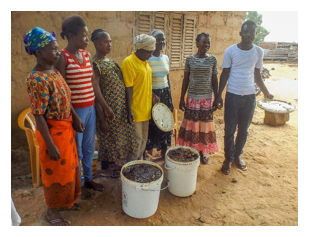
Bees for Development Journal is our quarterly magazine with a wonderful source of information about apiculture worldwide. The Journal gives practical advice on beekeeping techniques, events and training programmes, and reports from projects and associations worldwide. You can help young readers in remote places by sponsoring a BfD Journal subscription!
Vacancies
Two vacancies at Bees for Development. We are seeking two new additions to our team based in Monmouth: a Project Manager and a Communications Manager. Closing date for each of these posts is 15 March 2019. Click here for more information.
Save the date!
Bee Garden Party,
Wednesday 12 June, 4-30-8pm.
Bees for Development’s fabulous Bee Garden Party in the gardens of Marlborough House, The Mall, London. Hosted by Martha Kearney and Bill Turnbull, with many VIP guests!
Early bird tickets available now, click here! Or call 01600 714848 to ensure you do not miss this year’s special event.
National Honey Show News
For this year's National Honey Show Provisional Lecture Programme:
Ralph Buechler – will talk on aspects of selection, environmental adaptation, varroa management and complex colony biology links to colony health
John Donoghue – on Managing Bees For the Honey Crop
Harmen van der Ende – on Beekeeping on the island of Terschelling
Mary Montaut – on Bees & Plants
Jo Widdicombe – on Bee Improvement
John Chambers – on Basic Honey Bee Genetics
Shona Blair – Honey against Superbugs
Simon Rees – The Langstroth Story, and How Bees Fly
Irene Power – on Efficient Beekeeping
On the Friday Bee Craft will present their usual informative lecture programme from young UK bee researchers
On Saturday, for newer beekeepers
Roger Patterson – will talk about sound and simple beekeeping
Brian Dennis – winter through to spring
Irene Power – colony observation
Jim Ryan – on not making too many mistakes
National Honey Show Leaflets will be available to collect from the Thornes stand at Bee Tradex next week (9th March). Please email Val with requests and numbers of leaflets needed for your association, forthcoming shows, or to send out with orders to your customers. We can then have packs ready for you to collect.
As always, we look forward to seeing you at the next National Honey Show Thursday 24th to Saturday 26th October 2019 at Sandown Park Racecourse, Esher, Surrey KT10 9RT.
www.honeyshow.co.uk
Upcoming Events
Bee Tradex – Saturday 9th March
We are pleased that Ludovic de Feraudy, Veto-pharma European Sales Manager, will be at our stand at Bee Tradex. He will be giving away samples of a new feed that has recently been developed. Ludovic will also be hosting a Seminar/Q&A session on Oxybee and Apivar at 12.30pm at the Bee Tradex conference. If you have any questions for Ludovic then please drop us an email.
Welsh Beekeepers Convention – Saturday 30th March
BBKA Spring Convention – Saturday 13th April
Beekeeping Course – 11th May
Beekeeping Course – 18th May
